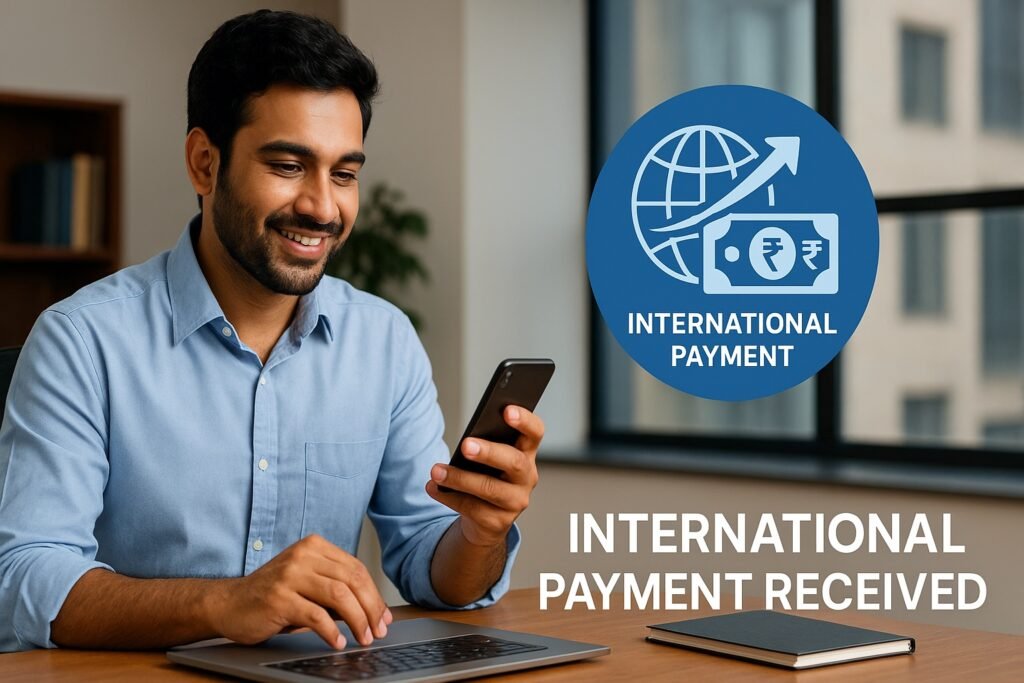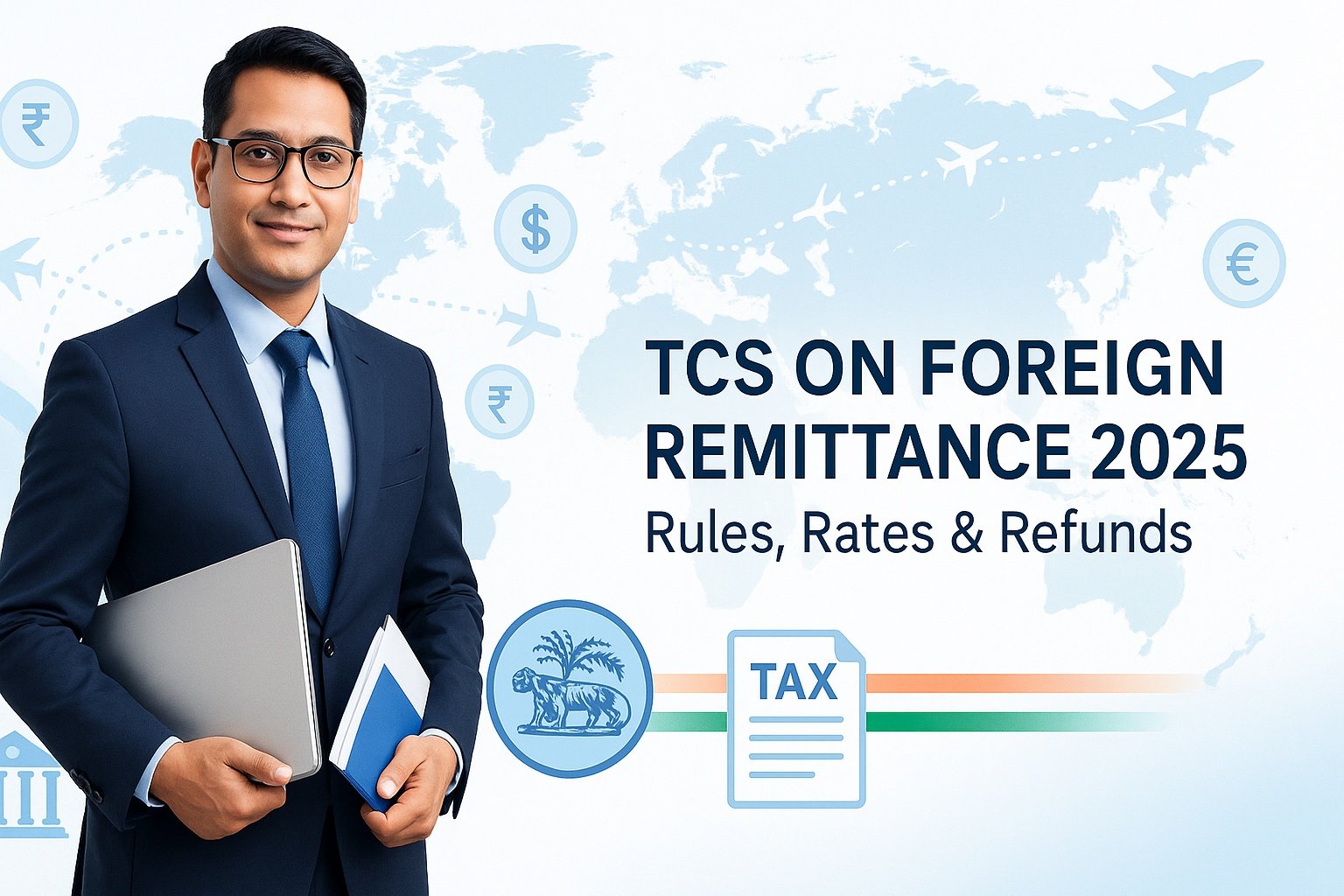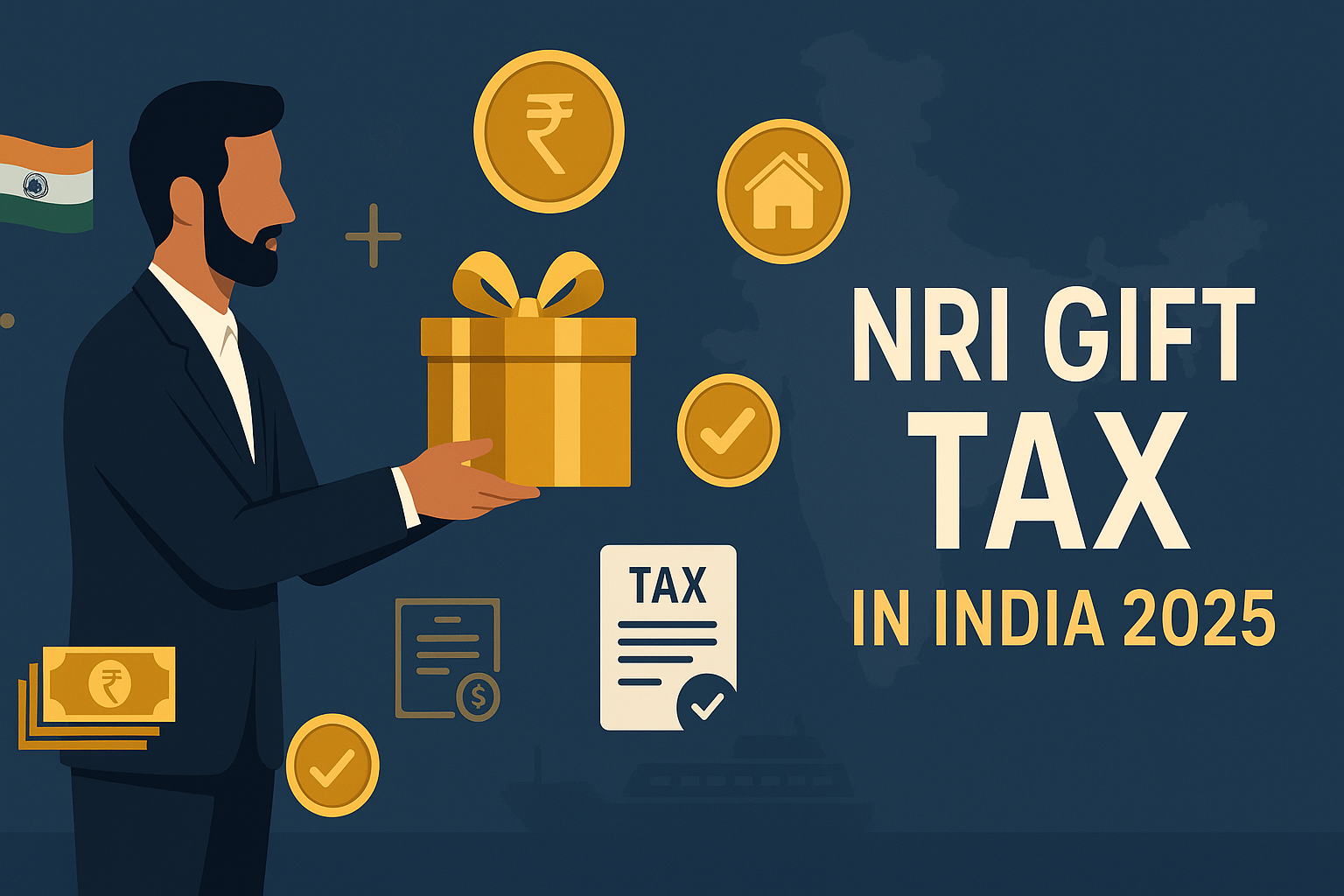Inward Remittance plays a pivotal role in a highly interlinked world, serving as a backbone of India’s economy by allowing millions to receive money from overseas for personal needs, education, or entrepreneurship. India stands as the world’s largest recipient of foreign remittances, receiving over $125 billion in 2023. This upward trend is expected to continue through 2025 as global freelance opportunities, export markets, and support from NRIs (non-resident Indians) expand. These inflows not only sustain households and fund education and living expenses but also fuel business growth—especially in IT services and SaaS-based sectors—while significantly strengthening India’s balance of payments and economic stability.
However, inward remittance considers understanding regulatory frameworks, potential costs, and tax rules to avoid surprises. Regulated by the Reserve Bank of India (RBI) and FEMA, these remittances are subject to purpose codes, KYC norms, and documentation like the Foreign Inward Remittance Certificate (FIRC). The majority of these transfers are done through banks via SWIFT, but hidden charges e.g. from intermediary banks as well as currency exchange can affect the final amount received.
This guide looks at everything from the definition and processes to charges, taxes, savings strategies—to help individuals and businesses optimize their international receipts efficiently and compliantly in 2025.
What Is Inward Remittance?
Inward remittance is getting money in India from outside, typically with a foreign sender transferring money to an Indian beneficiary’s bank account. This transaction often involves converting foreign currency such as USD or EUR into Indian Rupees (INR). This is governed by RBI regulations to make it transparent as well as secure.
Major characteristics are its cross-border flow, its necessary regulatory control through FEMA, and its application from personal aid to business payments. When compared to outward remittance that refers to sending from India to outside of India, inward flows are about inflowing money without any such restriction as in outflows under LRS. NRI family transfers, export incomes, or freelance incomes are typical examples.

How Inward Remittance Works: Process
The inward remittance process is generally as follows:
- Initiation by Sender: The foreign sender chooses a bank or a platform and enter the receiver’s information such as name, account number, IFSC code, and purpose code.
- Transfer Execution: Funds move through networks such as SWIFT (for banks) or digital networks (for fintechs), potentially involving intermediary banks.
- Receipt and Verification in India: The funds are received by the Indian bank, perform KYC/AML verification, and exchange into INR at prevailing exchange rates.
- Crediting the Account: Following verification of compliance, the credit is deposited and notification made to the recipient.
Processing time: 2–5 business days for SWIFT transfer and within 24–48 hours for fintech services. FIRC documents can be issued to facilitate business transactions.
RBI Purpose Codes & Compliance
Purpose codes refer to alphanumeric identifiers that the RBI requires for categorizing transaction types. This is done as part of tracking foreign exchange and maintaining the balance of payments. Thus, it is essential for regulatory compliance because it checks instances of potential misuse.
Thus, inward remittances start with “P’ (for instance, P1301 stands for family maintenance from NRIs while it is personal gifts with P1302). Those concerning exports are P0103, which is for goods receipts, while services like software utilize P0108 or similar. Compliance is declaring the correct code during receipt to avoid delays and penalties. Businesses should also be writing the exact block codes such as consultancy (for instance, the P1301 variant) and obtain FIRC for tax and GST purposes.
RBI Guidelines for Inward Remittance
In accordance with or according to FEMA, RBI guidelines on all inward remittances have to be strictly followed. Some of the main factors include:
- KYC/AML Requirements: Banks always verify identities using PAN, Aadhaar, or any other documents with a view to customer due diligence against money laundering activities.
- Reporting and Documentation: Purpose code applicable to a transaction; FIRS or e-FIRS acknowledges admissibility as evidence for commercial receipts.
- No Limits on Inflows: Inward is unflagged; outward is limited to USD 250,000 under LRS. However, all inward recipients must comply under FEMA.
- Monitoring: Balance of payments reporting to RBI is done by banks; non-compliance may attract holds or fines.
These rules ensure secure, transparent flows while supporting economic data collection.

Breakdown of Inward Remittance Charges
The costs of inward remittance are calculated at different stages:
- Sender’s Bank Fees: It costs around $25-50 for initiating the transfer.
- Intermediary Fees: $10–$30 per bank if routed through correspondents via SWIFT.
- Receiving Bank Fees: Generally, charges nil for basic processing, a few amongst them charge ₹100 to ₹300 according to account type, and above it, GST (18%) on applicable services.
- Currency Conversion Markup: Usually 1-2% above mid-market rates, largest hidden cost.
- Other: Issuance of FIRC could incur a cost of ₹200-500; GST on conversion and fees.
Total effective loss may go up to 1–3% of the amount, plus flat fees.
Bank-Wise Comparison of Charges (India)
Bank Name | Receiving Fee (Approx.) | GST on Fee | Currency Conversion Markup | Intermediary Fee (Typical) | Notes |
SBI | Nil (basic), ₹250 for Express Remit | 18% where applicable | 1–2% | $10–$30 | No core fee, but ancillary like FIRC ₹100+. |
HDFC Bank | Nil | 18% on services | 1.5–2% | $10–$30 | FIRC ₹200; no direct receiving charge. |
ICICI Bank | Nil–0.60% based on amount/currency | 18% | 1–2% | $10–$30 | Varies by corridor, e.g., 0.50% for large UK transfers. |
Axis Bank | ₹100–₹300 (account-dependent) | 18% | 1.5–2% | $10–$30 | Lower for premium accounts. |
Kotak Mahindra Bank | Nil | 18% on services | 1.5–2% | $10–$30 | Focus on digital; FIRC may add costs. |
Is Inward Remittance Taxable in India?
Inward remittances aren’t taxable as such but liability varies based on purpose:
- Non-Taxable: Maintenance, education, or living allowances from relatives; gifts by specified relatives (e.g., parents, siblings) are exempt completely.
- Taxable: Gifts in excess of ₹50,000 a year by non-relatives come under “Income from Other Sources.” Income from freelancing or services is charged as business/professional income. Foreign salaries earned by Indian residents are taxable.
Under Double Taxation Avoidance Agreements (DTAA), foreign tax credits for taxes paid may be admissible. No TCS on inward; that’s reserved for outward under LRS. Exported services can be zero-rated under GST.
How to Save on Inward Remittance Charges
To minimize costs:
- Choose Fintech Platforms: Utilize platforms like Wise, Razorpay, or Skydo for lesser markups (usually 0.5–1%) and clear fees over banks.
- Compare Providers: Compare best exchange rates and eliminate hidden intermediaries by making direct transfers.
- Consolidate Payments: Consolidate smaller amounts to reduce per-transaction fees.
- Time Transfers: Make during good exchange rate times, such as stable months (e.g., January–March).
- Negotiate with Banks: Users can request for better rate for High-volume transactions.
- Avoid SWIFT When Possible: Digital rails cut intermediary costs, saving 10–30% overall.
Frequenty Asked Question
All the transaction reasons are classified under it, for example, P1301 for family support. The purpose of all these classifications is to track the remittance by RBI.
Yes, such as markups (1–2%), intermediary fees ($10–$30), and potential bank processing (₹100–₹300), plus GST.
In banks, it takes 2-5 days; in fintechs, it takes 24-48 hours.
KYC/AML, purpose code declaration, FEMA compliance; proof via FIRC.
It depends on the purpose, exempt from tax in the case of remitted money received from family/gifts from relatives; otherwise, it is taxable as income.
Certificate for the receipt of foreign funds, one of the most important ones required for taxation and compliance.







